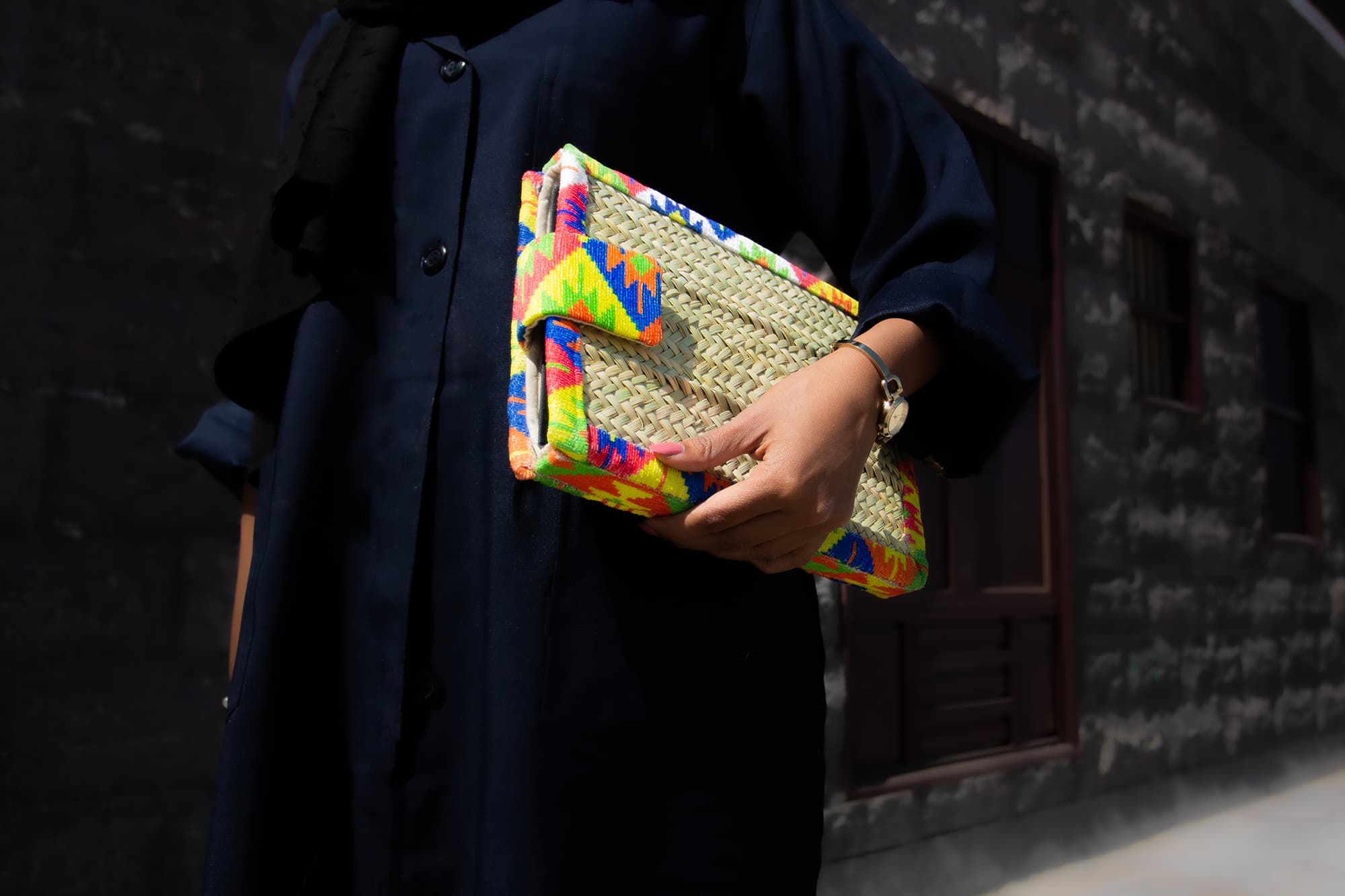Palm fronds constitute the raw materials of this industry. Weavers' skill lies in their ability to plait palm fronds in various ways to make a wide range of products, including bags, mats, baskets, brooms, etc.
Stages of Making Wicker Products:
This craft involves weaving dry fronds. First, fronds are cut and cleaned. Then, they are dried and tied up in bundles and soaked in water until they soften. Then, they are woven into a long plait which is then sewn by attaching and stitching the edges. Finally, any thorny ends are removed to make the product soft and ready to paint with colored shapes.
A Deep-rooted Craft in Madinah History:
Because Madinah is an agricultural area, famous for palm farms, the wicker weaving craft has been known in the city since ancient times. Farmers benefited from palm trees to make household tools in the past.
Craftsmen excelled in making various household articles, using palm fronds.
A Craft Restricted to Heritage Festivals:
Undoubtedly, in an age of technological advances and modern products, this traditional handicraft became outdated, and hovers on the brink of extinction. However, the age-old craft still survives on a limited scale. Festivals and traditional markets still abound in the traditional products of this heritage industry.
Getting Products and Training:
Products of this handicraft are available in stores and traditional markets. Some Madinah residents still use these products on different occasions. The concerned authorities have sought to support heritage crafts through organizing motivational competitions for their practitioners in an effort to revive local heritage.
